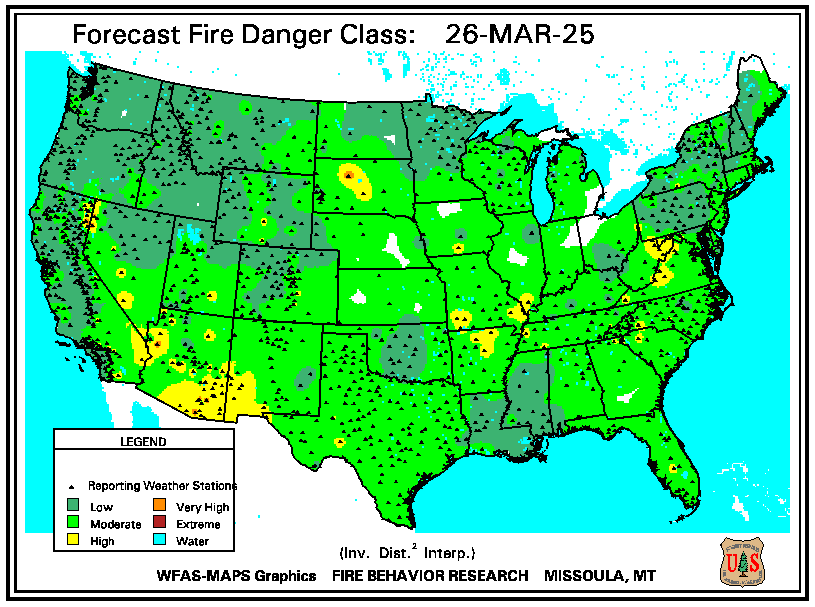As hundreds of welfare ranchers reap windfall benefits for their negligence during a late fall blizzard, the Anthropocene is wiping out thousands of native species.
The extirpation of bison from the American West has led to the introduction of European cattle now doing untold damage to prairies, the sage steppe and to the high plains and deserts.
As sage grouse have been listed as a species worthy of protection under the Endangered Species Act, but precluded by higher priorities for now, western farmers and ranchers have been concerned about what the implications of such a decision might mean to the way they use the land. “They’re real worried that if that bird gets listed, the federal government will come in and tell them how to manage that ground,” said Melissa Foster, an FWP biologist who was the lead author of a four-year study in Powder and Carter counties. Scientists and conservationists are trying to piece together the best way to preserve sage grouse on their traditional sagebrush steppe environment, which is seeing greater pressures from oil and gas development, loss of habitat to wildland fires and even conifer encroachment. The study area included a land mix of about 54 percent private, 36 percent BLM and 10 percent state, spreading east from the Powder River to the South Dakota border and south from the Powderville Road to the Wyoming border. [Brett French, Billings Gazette]
Sage-grouse debate creates tension in the West - http://t.co/mhCknKwKnj #GoogleAlerts
— SageGrouseInitiative (@SageGrouseInit) May 12, 2014
Greater sage-grouse: A wonder of the natural world http://t.co/JsvrJjjCsW via @USFWSPacific pic.twitter.com/YIyFKLcVng
— Endangered Species (@USFWSEndsp) May 5, 2014
Dustin Bleizeffer:
It is too late for the sage grouse in the Powder River Basin, said Tom Christiansen, sage grouse program coordinator for the Wyoming Game and Fish Department.No shit.
Jeremy Fugleberg from the Casper Trib:
Sage grouse in northeastern Wyoming are on the verge of extinction, hammered hard by a one-two punch from energy development and outbreaks of West Nile virus, according to a recently released U.S. Bureau of Land Management study.As a blogger's dream inches closer to reality, rewilding the West happens.
Native American Tribes receive $4.6 million in grants for #conservation work! http://t.co/if3m4uSSZa pic.twitter.com/2TK1ZGdlq2
— USFWS News (@USFWSNews) May 12, 2014
NM ranchers angered over public land water fenced off 2 cattle 2 protect lands &endangered species. http://t.co/45YW4Vv6Mi via @washtimes
— WildEarth Guardians (@wildearthguard) May 12, 2014
Extinction is a real threat to some #endangered species. Are you willing to let it happen? We are not. Endangered Species Day is 16 May.
— WWF (@WWF) May 12, 2014



Larry
ReplyDeleteI'm a very outdoor silent sport type of person meaning cycling, hiking, paddling and environmentally sensitive and it scares the heck out of me with issues of fracking water contamination not knowing what chemicals to test for since they are proprietary, oil spills, and unlimited resource extraction.
There are those who would strip mine the Black Hills if they could! Endangered species like the beautiful Sage Grouse? Hell their attitude would be adapt or get out of the way!
These Corporate States of American interests and some from the Republican Party are so focused on the short term and maximizing profits. They seem to place no value on the longterm and what the consequences will be to human health, genetic diversity in wildlife or the environment. We end up subsidizing their profits and paying for what they do in many ways for a long time!
Lynn from Madville
Exactly, Lynn: always good to have you here.
ReplyDelete